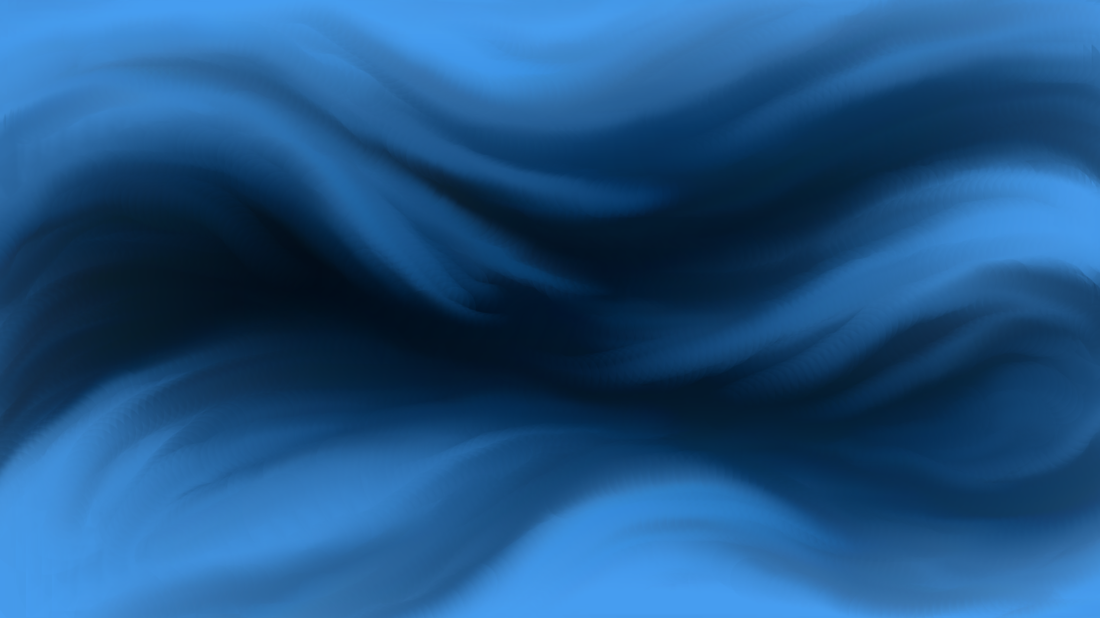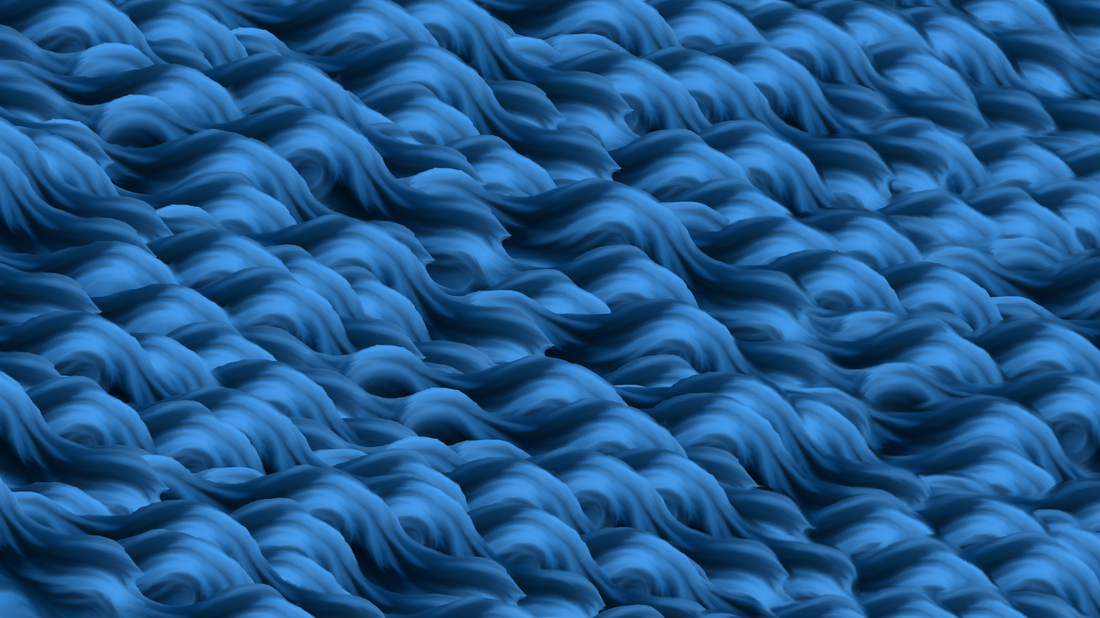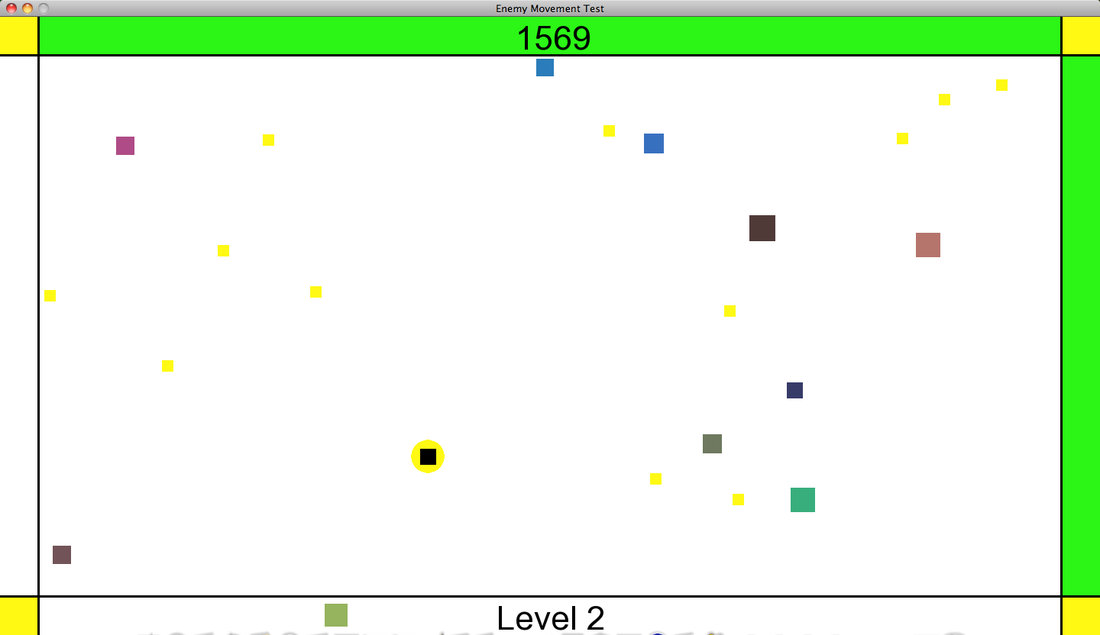TwoTangledTrees
Michael joined
I live in the midwest with my wife where we spend our free time playing and developing games. We are Two Tangled Trees.
(Originally posted on our blog: Tree Carvings)
Spoiler Alert: I discuss many plot detail of Gone Home that would likely ruin the experience of playing Gone Home if you have not already done so.
Gone Home seems to be a name that has been on everyone's lips for the past 6 months; and rightfully so. It is an excellent game that I believe successfully and tastefully addresses real life issues that are typically ignored in games. So, understandably, discussion surrounding this game tends to focus on the writing and themes of the story. However, as good as the story is, I don't think that is where Gone Home excels.
For me, Gone Home's greatest strength is in it's staging. The primary story arc is told exclusively through audio logs and most of the rest of the story is told through letters, homework assignments, pamphlets, and other papers found lying around the house. However, what I found the most fun was examining each room visually and attempting to interpret the current state of the characters lives. Since everyone seems to have left in a hurry, the home is in a very used state. For instance, every TV seemed to have RCA cables in the cabinets below them with nothing connected to them. Did Sam take a bunch of the electronics with her when she left the house? She knew she would't be coming back. But I find it hard to believe that she would have spent the time scouring the house, collecting electronics on her way out to meet Lonnie. Then again, they did just recently move into the house. Maybe they just hadn't gotten around to connecting the VCR and game consoles up. Though, I have never met someone that would go through the effort of hooking up just the cords.
What about that bottle of liquor that seems to be hidden on the top of a bookshelf in your dad's office. After looking at some of the writing he threw in the trash, it seems that he may have a drinking problem. Is this what is causing tension in your parents relationship? What about the disheveled nature of your parents bedroom? I assume Sam was looking for something, but what? Why was the TV in the living room left on? Your parents are gone for the weekend, so Sam must have left it on. But Sam was sleeping in the attic before she left to meet Lonnie? My head went wild with speculation every time I entered a new room. What new clues would I discover just by examining the state of the room?
I had read a user review of Gone Home on Steam recently (as of this writing it was voted as the most helpful review for Gone Home on Steam) in which a player, eternalsnows, complains that the "script for the written notes and spoken dialog probably would't amount to more than 10 pages". That is probably a reasonable estimate about the amount of text in the game, but I feel that one would have to have completely missed the entire point of the game for such an observation to be seen as a negative. For me, Gone Home is a game about discovery in which the current state of your family must be deciphered using your knowledge of modern American families and homes. I think Gone Home could have been even better if they had removed all the audio logs and keys/locked doors from the game. The audio logs could have been in a proper diary that the player would have to sit and read through if they desired. The locked doors were obviously put there to allow the developer to control the pacing of the story. However, I think it would have been more intriguing to allow the player to roam the house at their leisure and piece together the story themselves.
On the same day that I played through Gone Home, I also played 140. In just about every respect these two games are polar opposites. Yet, I felt far more immersed in the experience of 140 than I did with Gone Home. Everything in 140 was so precisely laid out: the smooth animations between shapes, the swapping color palettes, the superb soundtrack, and the intricate and precise connection between the sound and the level design. 140's level design is entirely linear and contains no narrative. It never claims to mean anything, and I would argue that it was never intended too. So why did I have a more personal and emotional response to 140 as opposed to Gone Home which really tries to create an emotional connection between the player and the characters?
I think it is because 140 is what I would call an example of a game that is a narrative as opposed to Gone Home which contains a narrative. The distinction may be subtle, but I feel that it is an important one to make. 140 instantly drops you into its world with no instruction or direction. Instead, it is up to the player to put forth some effort in discovering the nature of that world. The player must listen and watch the world to make it through, and the minimalist design makes everything about the world seem very important. So even though the linear nature of 140 means that nearly everyone who played it essentially did the same things I did, the effort I put into the game personalized the experience for me. I created my own personal narrative around 140 which consists of all of the emotions and thoughts I had while playing the game. The experience of playing 140 is the narrative.
In many respects Gone Home allows for this same experience. Searching the house, examining your surroundings, and attempting to piece together the untold story is the part of Gone Home that feels like my personal narrative. I can look back and remember the pity I felt when I saw multiple closets full of unsold copies of your father's books. I can remember the hope I had when I pieced together that your parents are gone for the weekend on a couples retreat to try to save their marriage. However, the best example for how Gone Home failed to connect with me is when you find a letter from Lonnie to Sam in the basement. For whatever reason, I was slightly distracted when I picked up the letter and did not start reading it right away. Then suddenly the letter is put down by the player character with a sense of "this letter contains to much personal information for me to feel comfortable reading". I tried to pick up the letter again, but I still could not read it. Why am I suddenly forced to behave in a certain way? Why am I suddenly forced to take on the personality of Kaitlin? I, Michael LaRandeau, have been rummaging through this house for over an hour, and suddenly I am supposed to be Kaitlin. At this point it felt obvious that the developers were trying to tell me a story as opposed to allowing me to use their game to create my own personal story. That is the fundamental difference between games that contain narratives and games as narratives. Is the game trying to tell me a story, or is the game allowing me to make my own personal story?
Gone Home and 140 have helped me realize that I don't want a game to tell me a story, I want to live the story. I want the experience of playing a game to be a personal narrative that I craft as I play. I want there to be more games as narratives.
The original intent with The Ocean Blooms was to spend just the summer on it. We were planning on keeping the game exactly how it was, but add in Mandy's art and maybe having different shaped arenas. The prototype was largely dictated by what I could program and not necessarily what I wanted to program. For instance, physics and AI seemed completely out of the question. Therefore, I had settled on a top-down perspective (no gravity) with enemies that merely bounced around the arena (no AI). However, as the project developed, so did my programming skills. This modest goal slowly grew grander in scope.
The visual aesthetic in both concept and execution was done entirely by Mandy, and ultimately changed the design of the game in significant and positive ways. Settling on an aquatic theme was the first major change. Not that the prototype had any theme at all, but it changed how I viewed the player character and how he/she should move. Early on I started adding in inertia to the player movement because stopping on a dime seemed odd under water. I probably spent more time iterating the player movement than any other component of the gameplay. Just about every time we added a new element to the game I would go back and edit and refine the player movement.
Though I am incredibly proud of all of Mandy's art in the game, there are a few things she accomplished that I still love to look at because of the amount of life they added to the game. First was the jellyfish. When I first saw the animation, I instantly felt a sense of movement and inertia. After we placed the animation in the game, the ocean came alive. Eventually, I implemented the grouping behavior of the jellyfish that Mandy had designed. With this the enemies came to life in a way I did not think we would be able to accomplish. Second was the flower animation. Even now I enjoy swimming around the game just to watch the flowers bloom. Again, Mandy used movement to add life even to the objects that I had thought of as inanimate. The games name, The Ocean Blooms, is derived from these two aspects of the game. Packing a lot of jellyfish on the screen in the second level made me think of jellyfish blooms, and the flowers literally bloom.
The third piece of art that I feel really changed the feel of the game was the animated backgrounds. From a design perspective, this was probably one of the first major challenges that we encountered. How do we give the sense that you are under water from a top-down perspective. Initially Mandy worked on creating static images.


Early static backgrounds for "The Ocean Blooms"
Seeing the quality of work Mandy was bringing help motivate me to push myself on the technical side. I decided to attempt to add some AI to the turtles. Before this they were essentially an asset swap of the jellyfish. They moved in a straight line until they hit and bounced off the walls. Feeling more confident in my programming skills, I attempted to add in behavior for the turtles to chase the player and avoid walls and other obstacles. Though it never turned out quite as good as I would have liked (they still occasionally get stuck against walls for a few seconds), I am proud that I was able to implement some basic AI into our first game. As mentioned earlier, I had originally intended to not implement any AI because it just seemed far too intimidating. But similar to how Mandy's animation breathed life into the game, I feel that the turtles AI helped to add personality to the turtles that greatly separated them from the jellyfish. It also added a whole new layer to the gameplay and strategy of the levels.
All of this came together within the first few months of working on game, and this is probably around the time that we started to really expand the scope. After getting over some initial hurdles, I think we suddenly felt confident to make decisions beyond simply what are limited skills allowed us to do. Instead, we started asking ourselves what we wanted the game to be. This excitement helped us expand the game in some great ways, but it also brought with it some stress.
The final version of TOB has six levels, three enemy types, and three environmental objects (i.e. whirlpools, water jets, darkness). However, up until about a month before finishing the game the plan was to have 15 levels, six enemy types, four environmental objects, and three scrolling boss levels that incorporated a basic story. We actually had one of the scrolling levels up and running, but it just wasn't fun. I had ideas on how we could improve this level, but it just seemed like more work than it was worth. Also, Mandy wasn't happy with the animation for the primary enemy in this level which was a large hammerhead shark. At this point we had been working on TOB for almost a year. I was starting to lose motivation to even finish the game. However, Mandy convinced me that it was really important for us to finish the game. So we decided to scrap most of the rest that we had planned and focus on finishing and touching up what we already had completed. After about one more month of hard work, we completed The Ocean Blooms. Now we just had to release it.
(This has been reposted from my blog: Two Tangled Trees - Blog)
To some extent, development for The Ocean Blooms began over two years ago. I was taking a linear algebra course thinking that it would help get me into grad school. For several assignments we had to use Maple, which was my first exposure to programming. To my surprise, I was pretty good at using Maple and it was actually fairly enjoyable. Once the semester was over and I had not been accepted to grad school, I was left wanting some sort of intellectual or creative outlet. I've played games my whole life and on numerous occasions designed game concepts in my head. However, these were merely mental exercises to pass the time. I had never taken any steps or even considered taking any steps toward actually developing a game. The closest I came to developing a game was a couple years before this when I read an introductory tutorial on Game Maker, But seeing that some amount of programming was likely needed, I never pursued this option. Being forced to learn Maple showed me that programming wasn't as scary as it seemed. Within a week after the class was over, I opened up Python Programming: An Introduction to Computer Science by John Zelle (we had it on our bookshelf from a class my wife had taken the year before), and began teaching myself programming in hopes of making a game in the future.
This ended up being a long process. Over the next 8 months our so, I would spend a few hours every weekend trying to push through the book. When I was about 3/4th of the way through, I stopped. I had just worked on a chapter about python classes that I didn't understand. I had every intention of continuing, but after nearly two months went by, that seemed less and less likely. I'm not sure why, but I had one last burst of motivation one weekend and decided to just jump right into developing games. I knew I had an incomplete understanding of even some of the fundamentals of python, but I figured at this point is was either sink or swim. I downloaded Pygame and a copy of Beginning Game Development with Python and Pygame: From Novice to Professional by Will McGugan. I never read the entire book, but I read enough to get me going. After another month or so, I had created a game I called This Always Ends Bad.

It was a really crude game. I worked with squares and circles because Pygame could draw those in code. That way I didn't have to draw anything myself and I wouldn't have to learn how to work with image files. There was no music or sound effects. And movement was correlated to the number of frames per second as opposed to time. That meant that on faster computers you everything would move master; on slower computers everything would move slower. However, none of this mattered. I was so excited to have created something that I believe most people would recognize as a video game. After showing it to Mandy, she said she wanted to do some artwork for it. At this point, This Always Ends Bad became the prototype for The Ocean Blooms.
